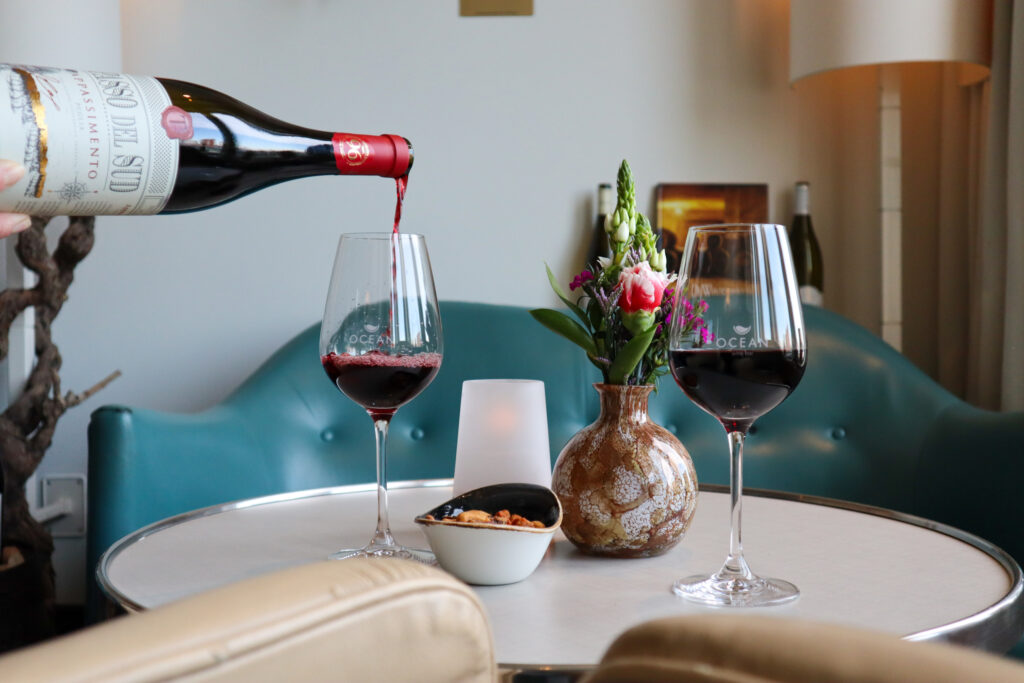Southeast Asia is fast becoming the new frontier for premium European wineries. Once a niche market, the region has evolved into a dynamic wine-consuming landscape, driven by a booming middle class, increasing wine literacy, and a strong appetite for luxury experiences. For many top-tier wineries from France, Italy, Spain, and Germany, Southeast Asia is no longer just an emerging market—it’s a strategic priority.

Rising Wealth, Rising Taste
With robust economic growth across nations such as Vietnam, Thailand, Indonesia, and the Philippines, Southeast Asia is witnessing a surge in affluent and aspirational consumers. According to the OECD, the region’s middle class is expected to double in size by 2030, bringing with it an increase in disposable income and an evolving taste for international cuisine and fine wine.
“Ten years ago, we were only exporting to Singapore and Hong Kong,” says Claire Moreau, Export Director at Château Léonore, a Bordeaux-based winery. “Now, we’re seeing significant growth in Vietnam, Thailand, and Malaysia. These consumers are incredibly curious and increasingly sophisticated in their wine preferences.”
Wine Culture on the Rise
Wine education has played a significant role in this transformation. Wine appreciation clubs, sommelier training programs, and social media influencers have introduced Southeast Asian consumers to the nuances of terroir, vintage, and varietal. Major cities like Bangkok, Jakarta, and Ho Chi Minh City now host wine festivals, masterclasses, and tasting events that rival those in more established markets.
Furthermore, fine dining and hospitality have flourished in tandem. Luxury hotels and Michelin-starred restaurants in the region now prioritize curated wine lists, often featuring rare and exclusive labels from Europe.
Logistics and Accessibility Improving
A decade ago, stringent import regulations, high tariffs, and inconsistent logistics posed challenges for European winemakers entering Southeast Asia. Today, these barriers are gradually diminishing. Free trade agreements such as the EU-Vietnam Free Trade Agreement (EVFTA) and better regional distribution networks have improved access and affordability.
“The infrastructure is catching up,” says Marco Bellini, Export Manager for a renowned Barolo producer in Piedmont, Italy. “We now have reliable cold chain logistics, experienced local partners, and more efficient customs procedures. It’s much easier to ensure our wines arrive in perfect condition.”
Singapore and Beyond
While Singapore remains the hub for fine wine in Southeast Asia due to its mature market and strong collector base, other countries are catching up fast. Vietnam’s young professionals, Thailand’s hospitality sector, and Indonesia’s affluent elite are all fueling demand.
E-commerce platforms and digital marketing have also enabled wineries to engage directly with consumers, bypassing traditional distributors and reaching younger demographics through Instagram, TikTok, and online tasting sessions.
Strategic Partnerships and Long-Term Vision
Premium European wineries are not just exporting—they’re investing. Joint ventures with local importers, exclusive distribution agreements, and even vineyard tourism partnerships are becoming more common. The long-term vision is clear: establish a strong brand presence now to capture loyalty as the market matures.
“Southeast Asia is not a trend—it’s a long-term growth engine,” says Moreau. “It represents the future of global wine consumption.”
Conclusion
As wine culture deepens and purchasing power rises across Southeast Asia, premium European wineries are seizing the opportunity to position themselves at the forefront of this vibrant market. With strategic investment, cultural sensitivity, and a focus on education, the region is quickly transforming from a promising prospect to a priority market.